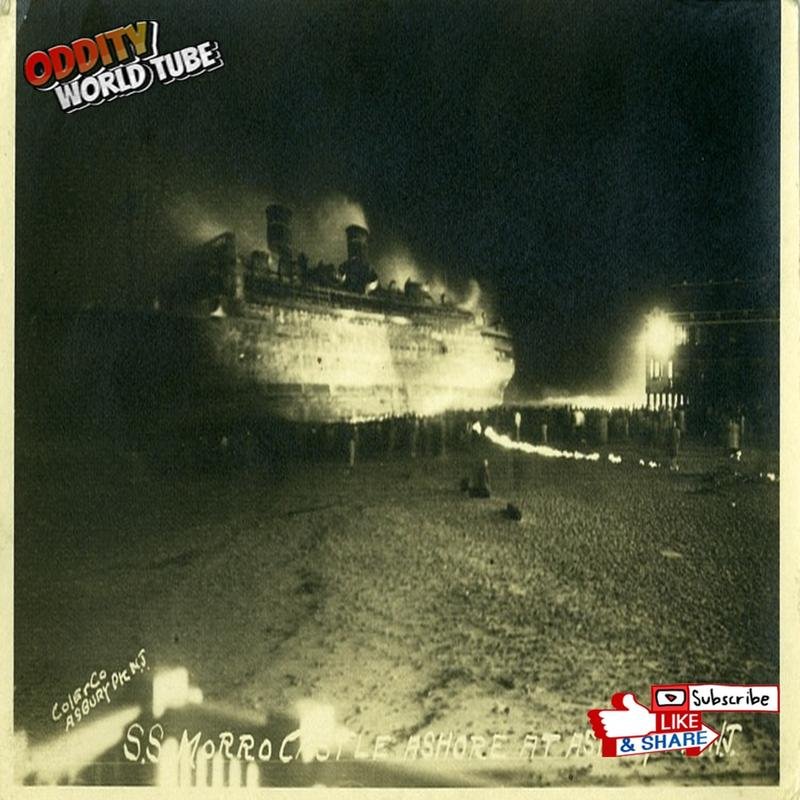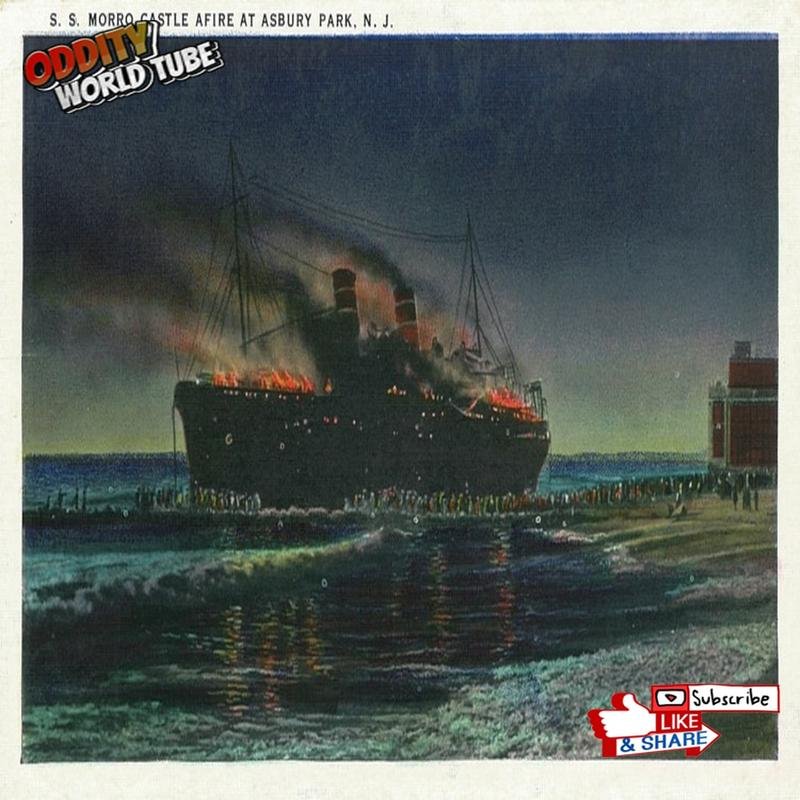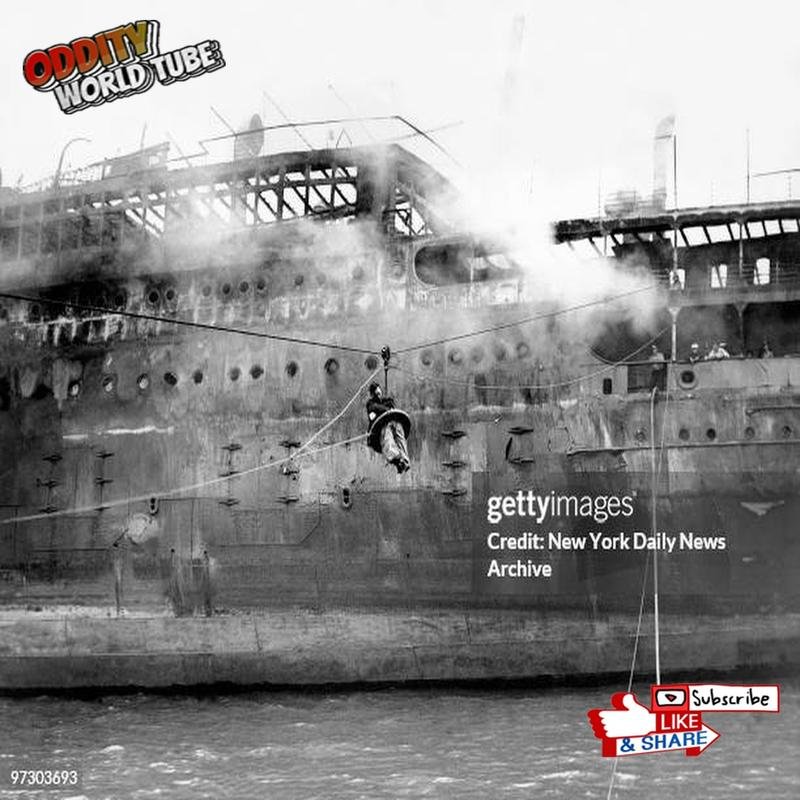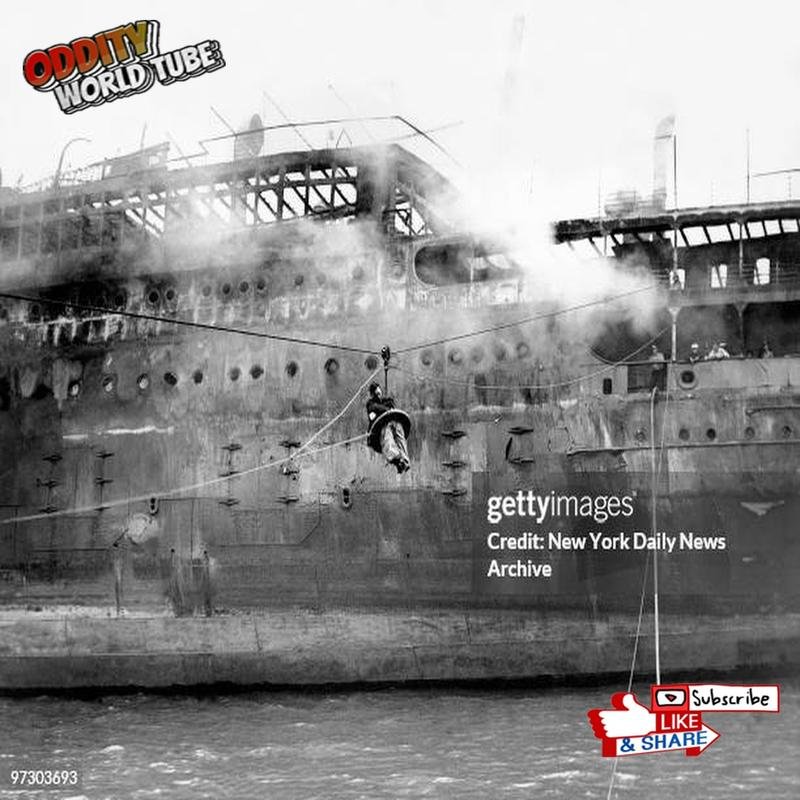The Morro Castle Disaster: Unveiling Hidden Truths of the 1934 Fire

Morro Castle Disaster: Unexplored Aspects of the 1934 Tragedy
The 1934 fire and sinking of the SS Morro Castle off the New Jersey coast remains one of the most perplexing maritime disasters in American history. Initially a routine voyage, it rapidly escalated into a catastrophic event involving fire, widespread chaos, and significant loss of life, profoundly impacting the shipping industry and prompting substantial reforms in maritime safety regulations.
The Voyage and the Captain’s Death
Departing Havana, Cuba, on September 5, 1934, the Morro Castle, a luxury passenger liner owned by the Ward Line, catered to affluent passengers seeking a tropical escape. However, the return voyage was marred by unsettling incidents. Captain Robert Wilmott died suddenly on September 7th, ostensibly of a heart attack, leading to Chief Officer William Warms assuming command—a decision subsequently subjected to intense scrutiny.
The Catastrophic Fire
That night, a fire ignited in a B Deck storage locker, rapidly spreading due to high winds and the vessel’s highly flammable wood paneling. The fire raged uncontrollably, exacerbated by the ship’s interior design and inadequate fire suppression systems. Widespread panic ensued as passengers and crew struggled to escape, while distress signals were delayed and communication hampered by the ensuing chaos.
Rescue Efforts and the Aftermath
The Morro Castle drifted towards the New Jersey coast, grounding near Asbury Park on September 8, 1934. Proximity to shore did not guarantee rescue, as strong winds and heavy seas hindered rescue efforts. The disaster resulted in a devastating loss of life; official figures cite 137 fatalities, although some believe the actual number was higher. The smoldering wreck remained beached for months, becoming a morbid spectacle.
Investigations and Reforms
Investigations revealed widespread failures, including inadequate fire safety measures, a delayed response, and questionable leadership decisions. Serious deficiencies in fire detection and suppression systems were uncovered; the ship lacked automatic sprinklers, and fire alarms proved ineffective. Crew fire-emergency training was also deficient. Acting Captain Warms’s actions faced intense scrutiny, with accusations of negligence. The Morro Castle disaster spurred significant reforms in U.S. maritime safety regulations. The Merchant Marine Act of 1936 mandated stricter fire safety standards.
Conspiracy Theories and Legacy
The sinking also generated numerous unsubstantiated conspiracy theories, including speculation about arson and questions surrounding Captain Wilmott’s death. These theories, while largely unproven, contribute to the enduring mystery surrounding the event. The Morro Castle’s legacy serves as a stark reminder of the paramount importance of maritime safety. The disaster prompted a fundamental reassessment of safety standards and practices, leading to significant improvements in fire prevention and emergency response.








